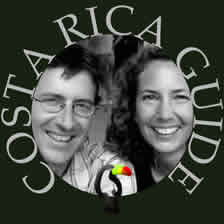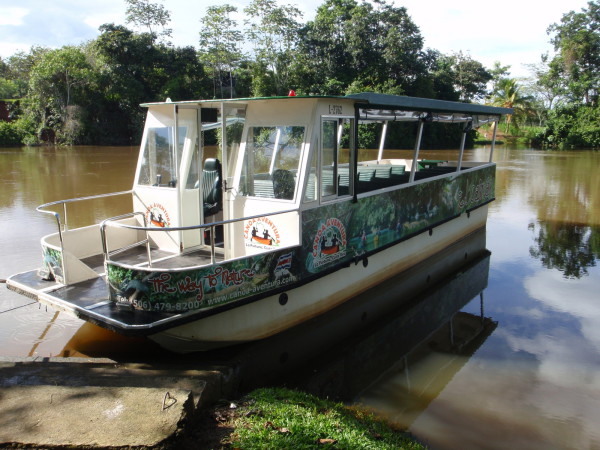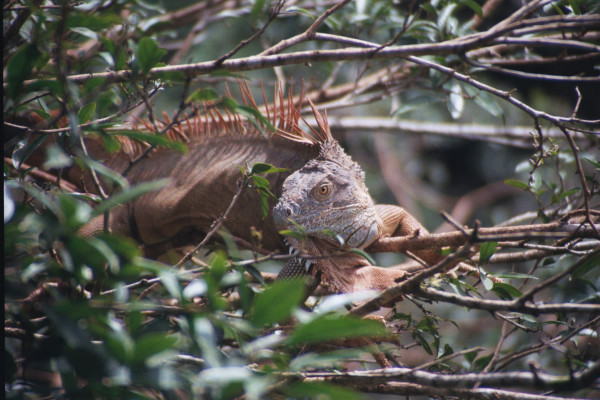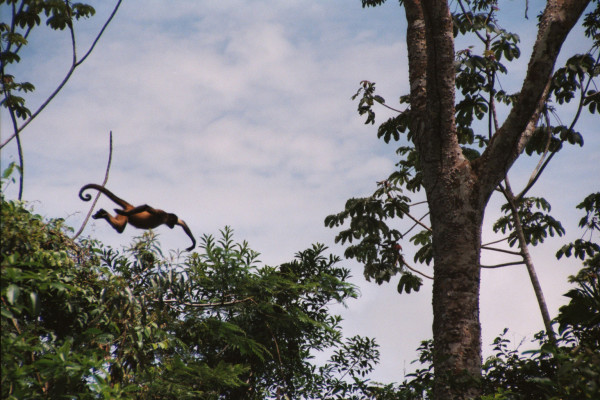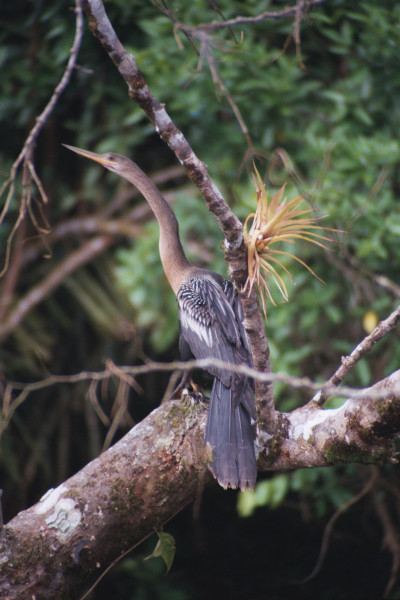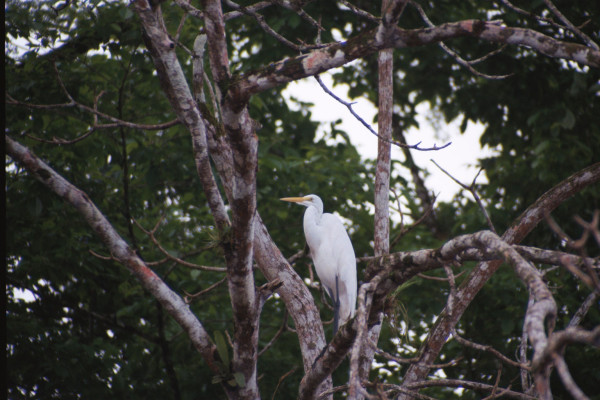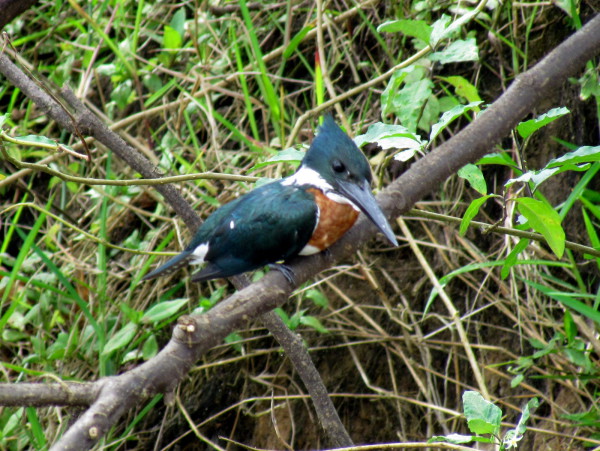The wetlands and the Río Frío that feeds them are two of the very best places in Costa Rica to see and photograph wildlife.
We’ve been to Caño Negro so many times I’ve lost count. We’ve bicycled, kayaked and taken motorized safari launches and every time we’ve seen something different and memorable. Spider monkeys which are very difficult to see elsewhere in Costa Rica are relatively common, caiman (the central American crocodillian cousins of alligators) are everywhere and the birds innumerable.
Gallery forests where you can stand (or float) outside and look in are some of the best places for spotting wildlife because there aren’t all of those trees in the way. Edges where water meets land are also particularly rich and diverse habitat because many resources come together there. Caño Negro is composed nearly entirely of easily navigable gallery forest along the edge of the water making it perfect for wildlife photos.
